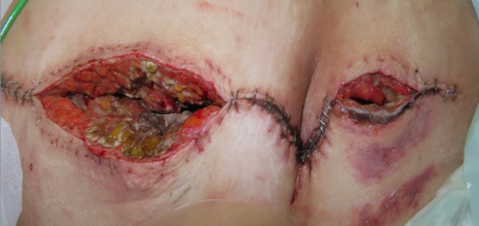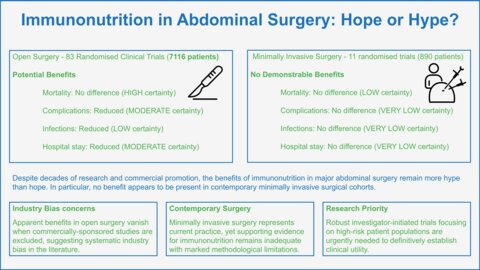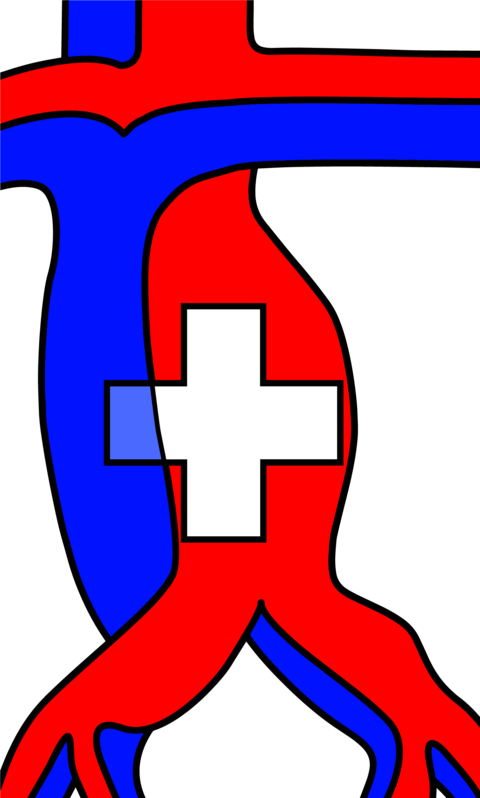Rectal cancer is more than a surgical diagnosis. It is a complex disease whose treatment demands a multifaceted, collaborative approach — balancing the opportunities in multiple medical specialties for optimal patient-centered care. For this reason, we’ve chosen to dedicate a Focus in this issue of SWISS/KNIFE to new developments in rectal cancer management of the various non-surgical specialties.
Yes, surgery remains the cornerstone of successful treatments in rectal cancer. There are diverse exciting developments in the surgery of rectal cancer, with the first prospective RCT comparing laparoscopic with robotic TME for rectal cancer and ever-evolving concepts of enhanced recovery after surgery. Moreover, there are new technical developments such as new anastomosis-techniques (e.g. TTSS—anastomoses) that seem to be promising in improving patients’ outcomes after surgery. However, for this focus, we’ve gone beyond the OR. We’re proud to share a diverse lineup of contributions that shine light on the many other aspects shaping modern rectal cancer care.
From innovative neoadjuvant treatment strategies and organ-preserving protocols to new developments in pathology, the field is evolving fast—and not just at the margins. Our coverage also includes an in-person look at a regional network in St. Gallen and international initiatives to shape the future of surgical excellence in rectal cancer surgery.
We invite you to browse, learn, question, and engage. These articles represent not only the latest scientific thinking but also the spirit of collaboration and innovation that continues to move our field forward.
Rectal cancer care is teamwork—and every piece matters.











